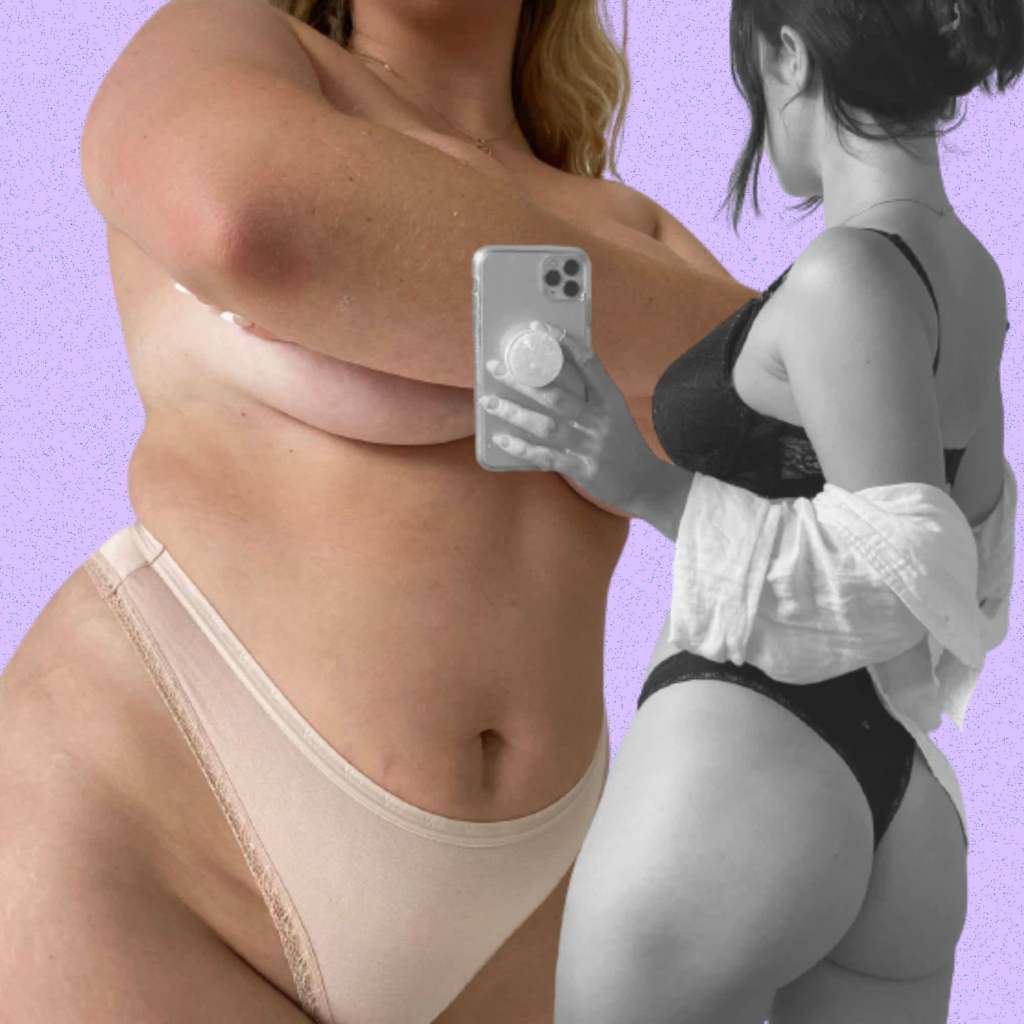Emma Rutherford-Ward has suffered with endo for years, and although she claims to “not be an expert”, I truly believe that the sufferers of endometriosis are more clued in than many health professionals.
Having endometriosis myself, I’ve been through the isolating experience of seeking medical advice around ways to manage it and constantly feeling let down by band-aid fixes and a lack of care and understanding. As I’ve gotten older and my endo has become a more prominent part of my life, I have become increasingly aware of the lack of research and knowledge in this particular area of women’s health. That being said, it’s super important that we women with endo educate each other — by banding together and sharing our stories.
Below, in celebration of Endo Awareness Month (March), Emma has shared six common misconceptions about endo. Hopefully, these will help you to feel less alone, educate you on what might be going on inside your body, or allow you to understand what your friend or lover that suffers from endo might be going through.
Here are six common misconceptions about endometriosis.
It’s Uncommon
“This is just not true. The latest stats from Endometriosis Australia tell us that endo affects 1 in 9 women. This means that you are extremely likely to know someone battling this horrific disease.“
It’s a Visible Condition
“The most frustrating thing about living with endo is that it’s invisible and the symptoms are so unpredictable making it a really hard condition to predict, manage, understand and explain! One of the worst parts about having an invisible condition is scepticism.
“Endo is something that you’d never know someone has unless they share this with you. This is one of the many reasons why it’s our mission to de-stigmatise female health and create a generation of women who don’t need to suffer in silence. But also a generation of women who don’t roll their eyes and say ‘it’s just period pain‘.”
It’s Easy to Diagnose
“The only way endo can be diagnosed is via a laparoscopy, which is performed under a general anaesthetic. It actually took me TWO of these surgeries to be diagnosed which showcases just how fickle and hard to diagnose this chronic condition is.”
After Treatment, the Symptoms Go Away
“This is more often not the case. For me personally, whilst my symptoms have eased, they certainly have not disappeared. It’s something that I need to manage most days.”
The More Symptoms You Have, the Worse Your Endo
“This just simply isn’t true. Symptoms can present so differently from person to person, hence why it’s such a pain to diagnose. Someone that experiences moderate symptoms might have stage 3-4 Endometriosis, whereas someone with severe symptoms might have stage 1-2 Endometriosis.
“Some months might be manageable, and others might be really intense. For me, the unpredictability of it all is one of the worst parts. It’s never a good time to be bed-bound with copious painkillers and a constant rotation of heat packs.”
It’s Just Abdomen Pain
“Endo is not just abdomen pain, it can actually make sex super painful too — even when you’re not on your period. No matter how excited you are, something poking and prodding at irritated and inflamed tissue is going to hurt. It’s a seriously unpleasant sensation, to say the least.
“And then, once you get it in your head that sex might hurt a little, you’re not only battling the physical challenge but the mental challenge. Next thing you know, it’s a challenge to relax — something vital and conducive to being lubricated and ready for sex.
“It can also suppress your desire to have sex in the first place. I’d highly recommend talking to a specialist about some tactics to help with this and a supportive sexual partner you can be 100% open with.”
Emma Rutherford-Ward is the founder of Vee Underwear; “breathable bamboo underwear for the healthier, happier hoo-ha you deserve”, making periods as comfy as possible. You can follow and shop here.

